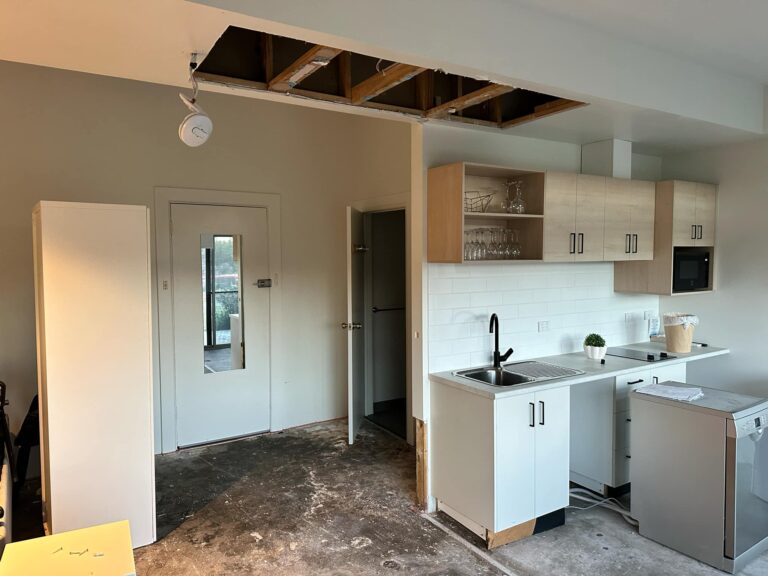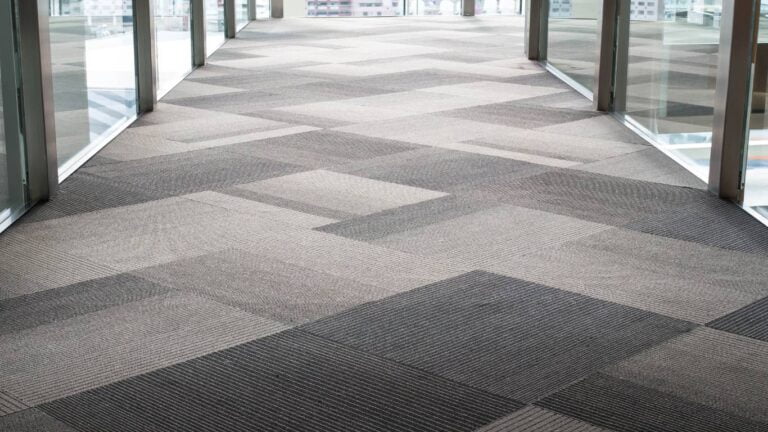How carpet and upholstery cleaning reduces home allergens is a key concern for many seeking to improve the air quality of their living spaces. As allergens like dust mites, pet dander, and mould find refuge in the soft fibres of home fabrics, they can trigger a range of allergic reactions and respiratory issues. Regular vacuuming with HEPA filters and professional cleaning techniques are critical in mitigating this hidden health hazard. These methods not only extract superficial dirt but also reach deeply embedded allergens, drastically improving the indoor environment. By understanding the role of thorough cleaning and employing the right strategies, homeowners can create a safer, more comfortable atmosphere for allergy sufferers. This article delves into the best practices for keeping carpets and upholstery clean to reduce the presence of allergens in your home effectively.
Understanding Home Allergens
Common Types of Allergens in Homes
Indoor allergens are a significant cause of discomfort for millions of people, with dust mite droppings, animal dander, and moulds topping the list. These substances can provoke your immune system to react defensively, treating these otherwise harmless particles as invaders. Dust mites are particularly notorious for triggering allergy and asthma symptoms, thriving in the cosy confines of our homes, especially in areas that are warm and humid.
Despite common misconceptions, no pets are truly hypoallergenic. Allergens are present in the saliva, dander, or urine of animals with fur, not the hair itself. These particles can be particularly sneaky, as they can cling to clothing and be transported into public spaces, affecting even those who don’t own pets.
The Role of Carpets and Upholstery in Trapping Allergens
Carpets and upholstered furniture are often where the fight against allergens is most intense. They can act as reservoirs, trapping allergens within their fibres. The structure of carpets, with their upper pile and backing layer, can hold onto allergens and pollutants.
These particles may become airborne again with activity in the area. This characteristic of carpets to act as a ‘sink’ for allergens is why they’re often associated with poorer indoor air quality. Their use in certain environments, like schools or bedrooms, is sometimes discouraged due to this fact.
Health Effects of Indoor Allergens
The health implications of indoor allergens are far-reaching. They can affect various parts of the body, including the nose, lungs, throat, sinuses, ears, and eyes. Allergic rhinitis and asthma are common manifestations, with symptoms ranging from mild irritation to severe, life-disrupting reactions.
The presence of allergens in the home environment can be particularly challenging for those with respiratory issues. It’s crucial for your health to maintain a low-allergen environment. Strategies to improve air quality, such as reducing humidity to discourage dust mites and mould, keeping surfaces clean, and using allergen-proof covers, are all part of the solution.
However, these measures might not be enough on their own, especially when it comes to tackling the allergens deeply embedded in carpets and upholstery. Regular cleaning, including vacuuming, can help to keep allergen levels low. It’s important to note that not all vacuums are equal in their effectiveness, as some may even make the problem worse by releasing dust into the air.
For those with allergies to animal dander, the advice is often to avoid pets with feathers or fur altogether. Certainly, keeping them out of bedrooms and off upholstered furniture is recommended. Air cleaning devices can offer some relief, but the most effective approach is to address the source of allergens directly.
Professional carpet cleaning can play a pivotal role, using methods that go beyond the capabilities of routine home cleaning. This can significantly reduce the allergen load in your home environment. For more information you can visit our carpet cleaning service here, and our upholstery cleaning here.
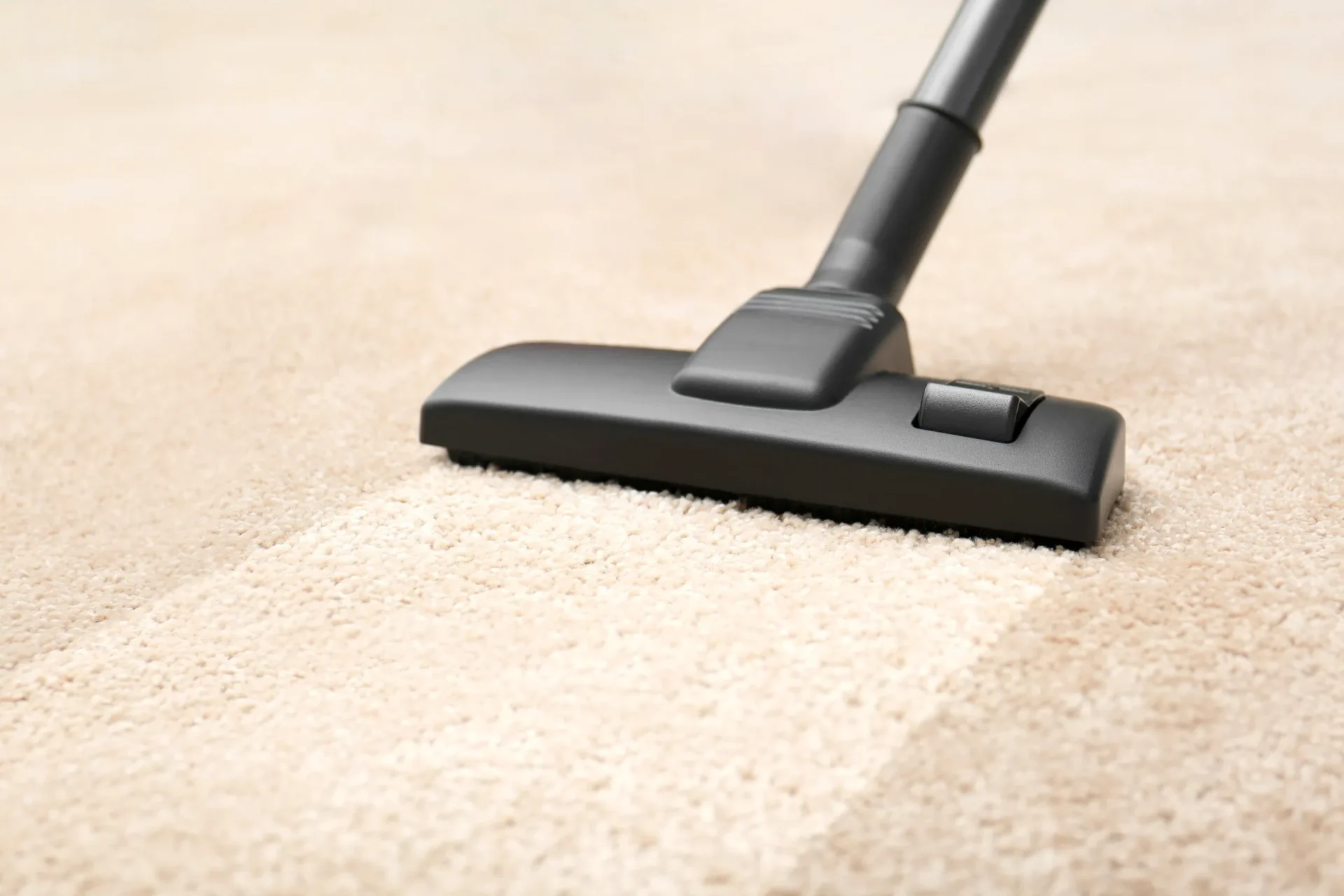
Importance of Regular Cleaning
How Allergens Accumulate in Fabrics
Fabrics in our living spaces are prone to accumulating various allergens. Pollen, for instance, is often brought into the house from the outdoors, adhering to clothing, shoes, and pets before finding its way into the soft fabrics of our furnishings.
The Significance of Cleaning Frequency
To manage allergen levels, it’s crucial to vacuum regularly, ideally more than once a week, using a vacuum equipped with a HEPA filter to prevent particles from being dispersed into the air. While routine vacuuming addresses surface debris, deep cleaning is necessary to eliminate more persistent allergens and bacteria.
Professional Cleaning vs. DIY Approaches
Although do-it-yourself cleaning can reduce allergens to some extent, professional services are more thorough, utilising high-temperature water to eliminate dust mites and entrenched allergens. These experts can also tailor their approach to the specific needs of different fabrics and utilise hypoallergenic and non-toxic solutions, ensuring a safe environment for allergy sufferers. Their advanced techniques not only enhance the appearance and feel of carpets but also remove additional irritants that standard cleaning may overlook.
Recommendations for carpet maintenance include a weekly surface clean and a deep clean every 12 to 18 months. However, for households with high activity, pets, children, or allergy sufferers, professional cleanings may be warranted more frequently, perhaps every 6 to 12 months. This maintenance not only prolongs the life of carpets but also contributes to a healthier indoor atmosphere, mitigating the exacerbation of allergic conditions.
In residences where smoking is present, the need for frequent carpet cleaning is even greater to maintain a healthy living space.
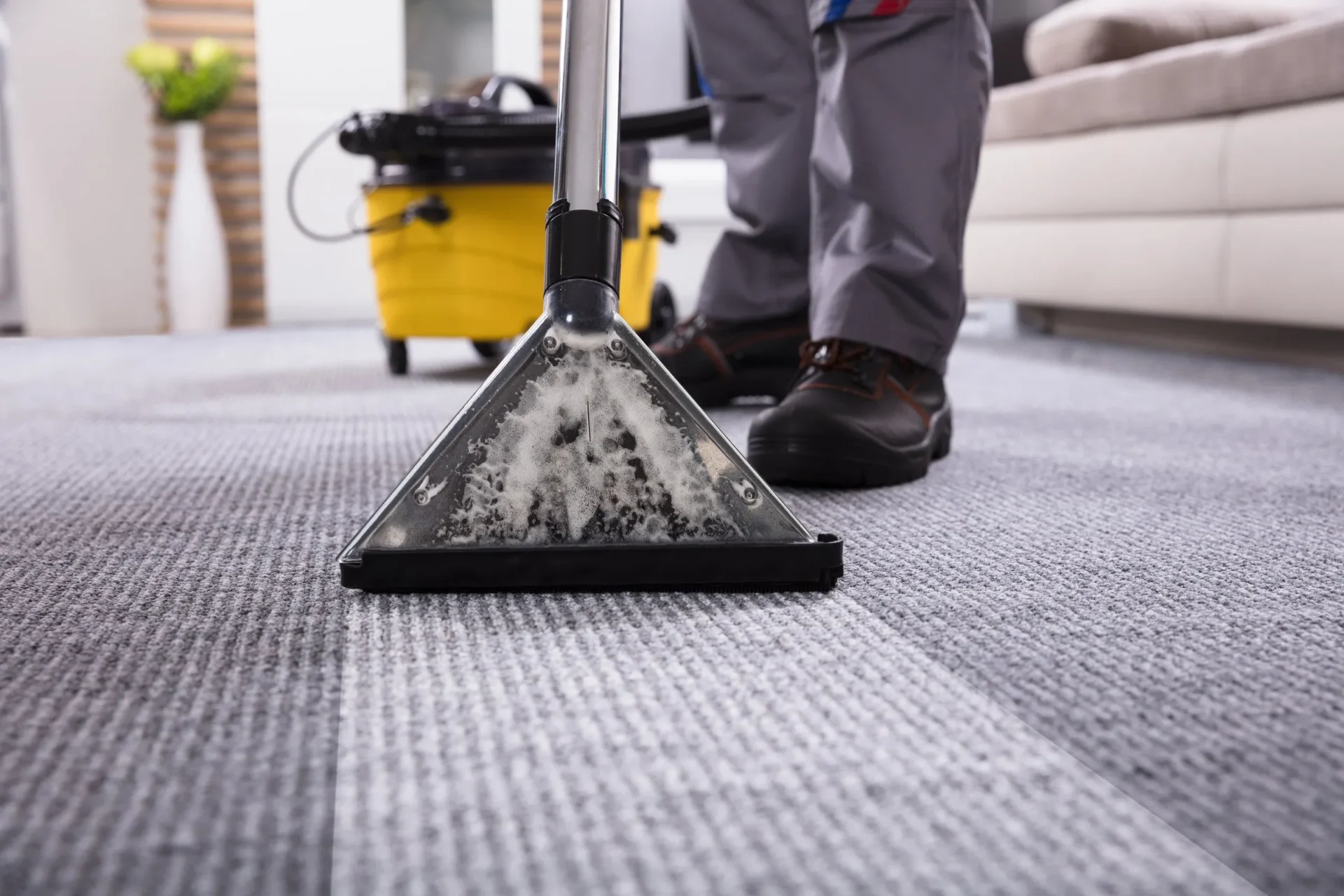
Carpet Cleaning Techniques
Steam Cleaning and Allergen Removal
Steam cleaning is a highly effective method for tackling allergens in your home, especially those embedded in carpets. It uses high temperatures to kill dust mites, a common allergen that thrives in the warm and humid microclimate of carpets. These creatures feast on the dead skin cells that pile up in dust and are a significant source of allergens.
Research has shown that carpets seeded with dust mites and treated with a domestic steam cleaner had no live mites detected after treatment. Moreover, there was a substantial decrease in the concentration of the allergen Der p 1, a common trigger for allergic reactions, by an average of 86.7%. This stark reduction contrasts with the minimal change observed in untreated areas, highlighting the effectiveness of steam cleaning in creating a healthier living environment for those with allergies.
Dry Cleaning Methods and Their Efficacy
Dry steam cleaning is another technique that’s been recognised for its ability to reduce allergen levels in carpets. This method uses high-temperature vapour to kill dust mites and loosen dust particles. These are then removed either by a towel attached to the cleaning head or by subsequent vacuuming.
Unlike traditional steam cleaning, dry steam cleaning delivers a low-moisture vapour, allowing carpets to dry quickly, usually within 15 minutes. Studies have shown that when combined with repetitive HEPA vacuuming, dry steam cleaning can significantly lower the levels of not only dust mite allergens but also other harmful substances such as polycyclic aromatic hydrocarbons (PAHs) and lead. The reductions achieved with this method were greater than those from HEPA vacuuming alone, indicating its added value in maintaining a low-allergen home.
Choosing the Right Cleaning Agents
In addition to physical cleaning methods, choosing the right cleaning agents is key in allergen management. If you’re in a household with allergy sufferers, it’s important to use hypoallergenic and non-toxic cleaning solutions. These products ensure that cleaning is effective without introducing additional irritants or harmful chemicals into the home environment.
Picking the appropriate cleaning agents that are safe for those with allergies can complement the physical removal of allergens. This contributes to a comprehensive approach to allergen reduction. The combined use of advanced cleaning techniques and suitable cleaning agents can help maintain a consistently low-allergen environment, which is particularly beneficial for individuals with allergies or respiratory issues.
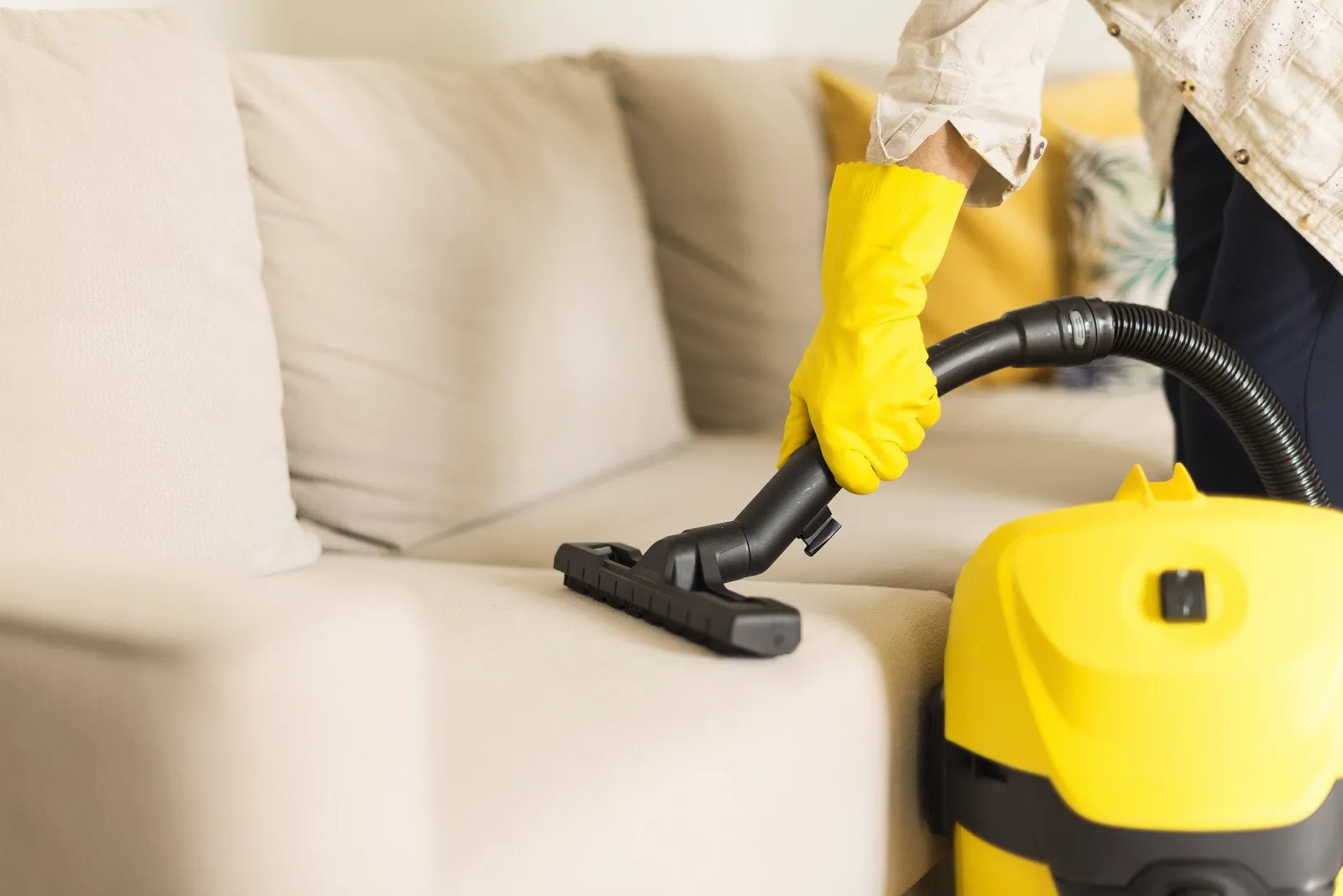
Upholstery Cleaning Practices
Upholstery cleaning is a specialised task that involves the careful handling of furniture fabric, which is often more delicate and absorbent than other household surfaces. This sensitivity to damage from spills and cleaning agents means you’ve got to approach upholstery cleaning with a tailored strategy. To start, the process typically begins with a thorough vacuuming using the hose and upholstery attachment of a vacuum cleaner.
This initial step should be performed from top to bottom and left to right in short, overlapping strokes. This ensures the most effective removal of surface dirt and particles.
Hand Cleaning vs. Machine Cleaning
When it comes to cleaning upholstery, you’ve got two main methods: hand cleaning and machine cleaning. Hand cleaning allows for a gentle, more controlled approach, which can be particularly beneficial for delicate fabrics. Meanwhile, machine cleaning is often the go-to method for a more rigorous and thorough clean.
Professional upholstery cleaning services frequently use hot water extraction machines. These machines inject a mix of hot water and cleaning solution deep into the upholstery fibres, effectively dislodging hidden grime and allergens. The solution, along with the dislodged particles, is then extracted using a powerful vacuum.
This leaves the upholstery not only clean but also less likely to cause allergic reactions due to the removal of embedded allergens.
The Impact of Vacuuming with HEPA Filters
The effectiveness of vacuuming in improving indoor air quality can be significantly enhanced by using a vacuum cleaner equipped with a HEPA filter. These filters are designed to trap at least 99.97% of particles that are 0.3 micrometres in diameter. This includes common allergens like pollen, pet dander, and smoke.
These filters use a combination of diffusion, interception, and impaction to capture particles. Diffusion handles the smallest particles, while interception and impaction trap larger particles that follow the airflow or can’t avoid the fibres, respectively. Unlike standard vacuum filters that may just recirculate these particles back into the air, HEPA filters ensure they’re trapped and removed.
This contributes to a healthier living or working environment. For individuals with allergies, asthma, or other respiratory issues, the use of HEPA-filtered vacuums can be a game-changer. It drastically improves the air quality and reduces potential triggers.
To maintain their effectiveness, HEPA filters should be checked every two weeks and replaced about every six months. They should also be replaced as soon as they show signs of discoloration.
Spot Treatment and Allergen Control
In addition to regular vacuuming with HEPA filters, spot treatment is an essential component of allergen control in upholstery. When spills or stains occur, prompt and appropriate spot treatment can prevent the setting of stains and the proliferation of allergens. This is particularly important for allergy sufferers, as allergens can cling to sticky residues left by spills.
By keeping your upholstery clean and free of spots, you can keep the overall allergen load in your environment to a minimum. It’s also wise to incorporate HEPA-filtered vacuuming as part of a broader allergen management strategy, which includes keeping other areas of your home or office clean and disinfected.
Regular professional cleaning, with its advanced techniques and specialised products, can further enhance this strategy. It ensures that allergens are not only removed from the surface but also from deep within the upholstery fibres.
Maintenance and Prevention Strategies
Maintaining a home environment that minimises allergens is crucial for those with sensitivities. Regular cleaning combined with the use of allergen-reducing products can significantly improve living conditions.
Regular Vacuuming and Its Benefits
Consistent vacuuming is a fundamental defence against household allergens. It removes dust, dirt, and allergens from various surfaces, contributing to a cleaner living space. Using a vacuum equipped with a HEPA filter is particularly effective, as it captures a high volume of dust and allergens, contributing to cleaner air.
It’s important to vacuum not only the floors but also upholstered furniture, drapes, and other dust-attracting areas. When vacuuming delicate items like drapes, it’s advisable to use a lower suction setting to prevent damage. Slow passes with the vacuum allow for maximum pickup of dust, and using the appropriate attachments can aid in cleaning hard-to-reach areas. Ensuring that the vacuum’s bag is not full and that the brush bar is clear will optimise its performance.
Dealing With Humidity and Dust Mites
Controlling indoor humidity levels is essential in reducing dust mite populations. By maintaining humidity below 50%, the environment becomes less hospitable for these allergens. Air conditioners can assist in managing humidity levels, thereby improving air quality and reducing allergy triggers. Utilising allergen-proof covers for bedding and washing linens in hot water weekly are additional measures that can help. Minimising clutter and wiping surfaces with a damp cloth can prevent allergies from becoming airborne during cleaning.
Integrating Allergen-Reducing Products
Incorporating products designed to minimise allergens can further enhance indoor air quality. Air cleaners with CERTIFIED asthma & allergy friendly® filters can capture a significant percentage of allergen particles, providing additional support in allergen management.
Employing cleaning solutions specifically formulated to capture allergens in carpet fibres can also be beneficial. For a more comprehensive clean, professional services such as Carpet Care Craftsman can be enlisted. They provide deep cleaning services that remove allergens, dust, and residues that standard cleaning may not address, using high temperatures not only to clean but also to sanitise carpets.
Breathing Easier with Professional Clean
For allergy sufferers, it’s clear that the battle against indoor allergens is relentless. While lifestyle adjustments and regular cleaning have their place, nothing compares to the efficacy of professional carpet and upholstery cleaning. It’s not just about cleanliness—it’s about health.
Professional cleaners possess the expertise, equipment, and products necessary to significantly reduce the allergens that burden your indoor air. Investing in such services can be a game-changer for those afflicted by allergies, offering a breath of fresh, clean air.
We encourage making professional cleaning a priority in your allergy management plan, leading to more comfortable and symptom-free living spaces. For the sake of your health and well-being, let cleanliness take the front seat in your home maintenance.


